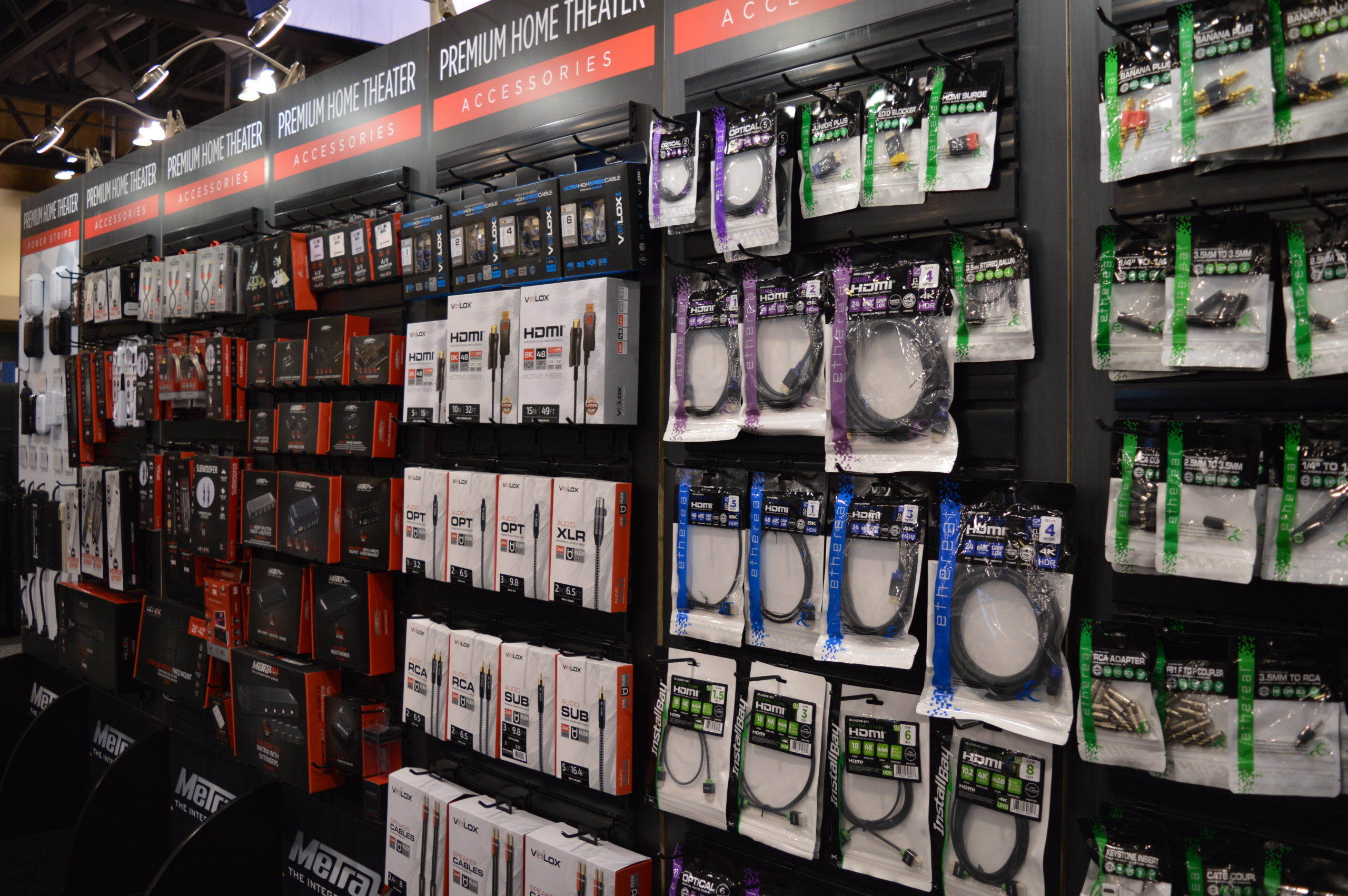There is absolutely no denying the importance of attachments and accessories to your bottom line as a retail business owner. Attachments and accessories help to recapture additional margin, improve your average sale price and give customers a reason to come back to your store on a more-frequent basis.
These add-ons matter in every major category. But it’s hard to argue that they’ve meant more to consumer electronics retailers over the years than other verticals. In a business where TV prices have been a challenge for retailers, attachments and accessories have proved to be something of a lifeline.
Just looking at the accessories category in a vacuum, it’s grown roughly 20 percent to become a nearly $13 billion market. Accessories represented in this figure include TV, home theater and audio add-ons — things like mounts, cables, power and more.

It’s not just the Consumer Electronics category that has the benefit of accessories to help drive margins. In Furniture and Bedding there are plenty of accessories, including top-of-bed products like pillows and blankets, under-bed storage solutions, furniture protection and cleaning products and more. Appliances and, in particular the Outdoor category, has spices, sauces and rubs and other cooking accessories. And across all categories, warranties and product protection programs can help drive an additional 50 to 60 points of margin through Nationwide Marketing Group’s programs.
So, how do retailers work to take their share of that massive pool of potential? It can be boiled down to the two M’s: Merchandising and Motivation. Lee McDonald, Nationwide’s Vice President of Consumer Electronics, has a plethora of experience in the world of attachment rates, going back to his history as a merchant for CE retailers, and helped provide additional context around this during a recent Independent Thinking Podcast interview. But let’s dive into them a little deeper here.
Merchandising
Store presentation can go a long way towards helping a retailer — and their sales floor teams — sell more attachments and accessories. Think about it this way: If you set up your showroom in a way that you’re creating the ultimate at-home experience, that experience is going to sell everything that’s needed to recreate it in the customer’s home.
In the case of consumer electronics, a well-thought-out home theater area showcases not just the 8K OLED TV, but also the surround sound, the cables required to distribute that audio to the speakers, the HDMI cords that deliver the video from the source to the screen, the mount that’s holding the TV at the perfect viewing angle, and even the seating that the customer sinks into as they’re enjoying the demonstration.
“A lot of times when I’m on the road for store visits, it’s clear that there’s an opportunity in Members’ stores around how they merchandise attachment products,” McDonald says “Some folks do it really good. They’ll have a little tree stand with audio cables hanging from it near the speakers or information about their delivery services clearly signed near those big and bulky TVs. There are so many different ways to think about and place those tertiary categories around your store in a way that they’ll effectively sell themselves.”
The same can be said for a well-merchandised website. Do you have the tools in place to offer those cables, warranties, pillow toppers, etc., to customers after they add an item to their e-cart? Are warranties and protection plans clearly displayed on product listing pages and offered during the checkout process?
Motivation
More often than not, attachments aren’t going to just sell themselves — especially in store. They need a team of retail sales associates behind them. But they can’t just be behind the product, casually offering the customer an add on or asking nonchalantly at the point of sale if they want to add a protection plan. Rather, they need to be motivated to be a little more strategic and effective in their efforts to convince the customer that they need these accessories to improve their experience with the product.
It’s really, as McDonald describes, a mindset that the business needs to get behind from top to bottom.
“And it’s actually really hard because the merchant doesn’t own it. They can go out and source different opportunities and they can find the product, but it’s really a partnership between the merchandising team and the sales organization,” he says. “It requires there to be a consultative sales culture on the floor.”
While in the retail world, McDonald worked under a model that tasked RSAs with adding 60 cents of attachment category product to every dollar of TV sold. That metric was deemed to be the top KPI in the company.
“We knew we were going to sell TVs. Very rarely would someone come in and say, ‘Hey, show me the latest and greatest mount or cables you have,’” says McDonald. “Those are technologies that have to be shown and demonstrated. So, the company was built around the focus of selling these other categories. And 60% was the entry level. If you weren’t 60%, you were probably on your way out. We had some folks that were a 100%, 105%, 110%, 115%.”
And it was all because the sales culture at the company was driven by a strong partnership between the sales team and the merchants.
“in fact, if you have a great sales organization, they are typically the ones that deliver the demands and the needs to the merchandising team,” says McDonald. “That’s how you can tell if it’s really strong. And where I’ve worked previously, that’s the way it was because we just had an awesome sales culture. That kind of culture takes time to build, but that’s why our retailers and our Members are doing so well is because they either already have that culture in place and that’s why they’re thriving, or they have the fundamentals of it in place, and it wouldn’t be too hard to tweak to get it right.”




